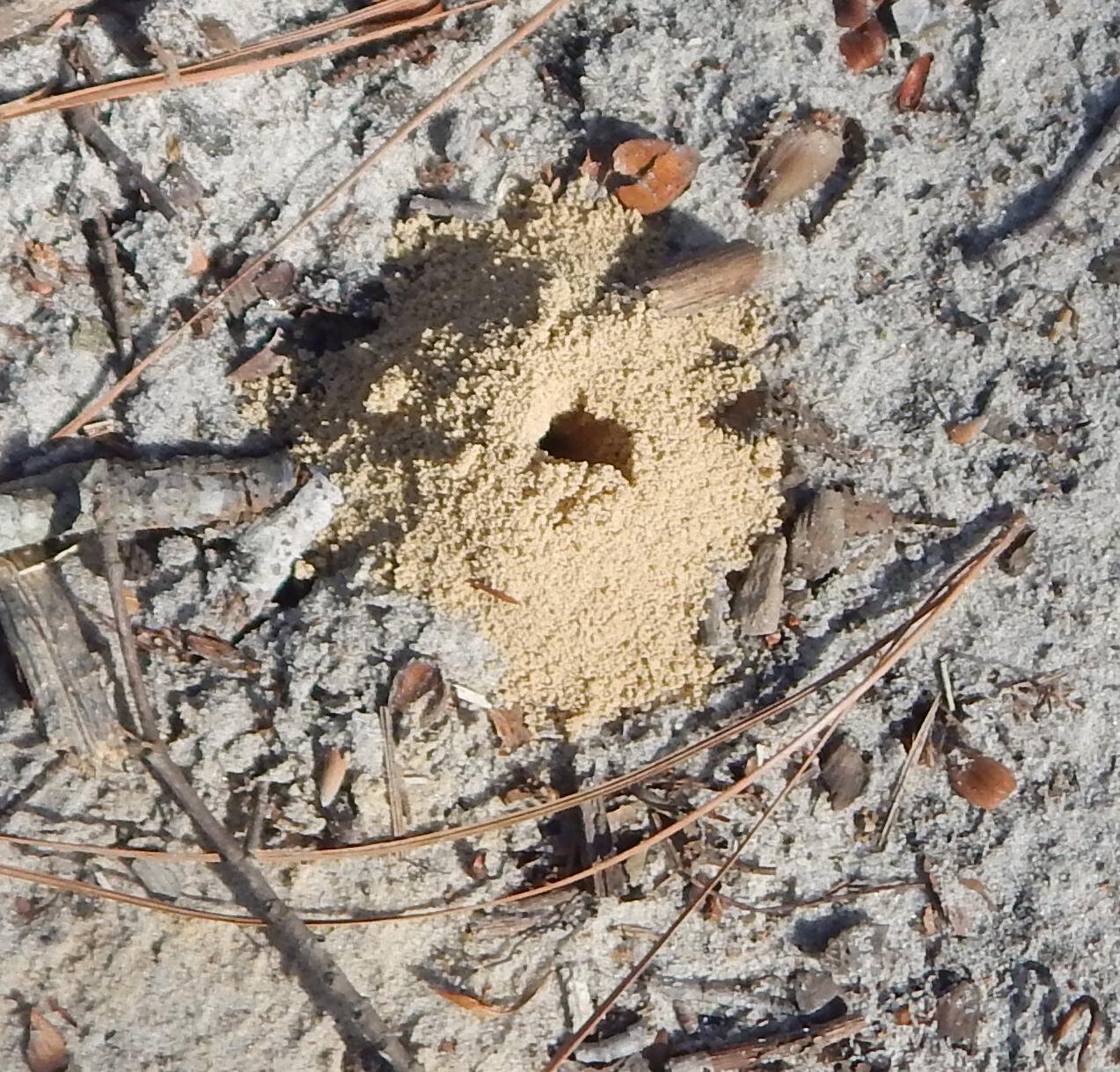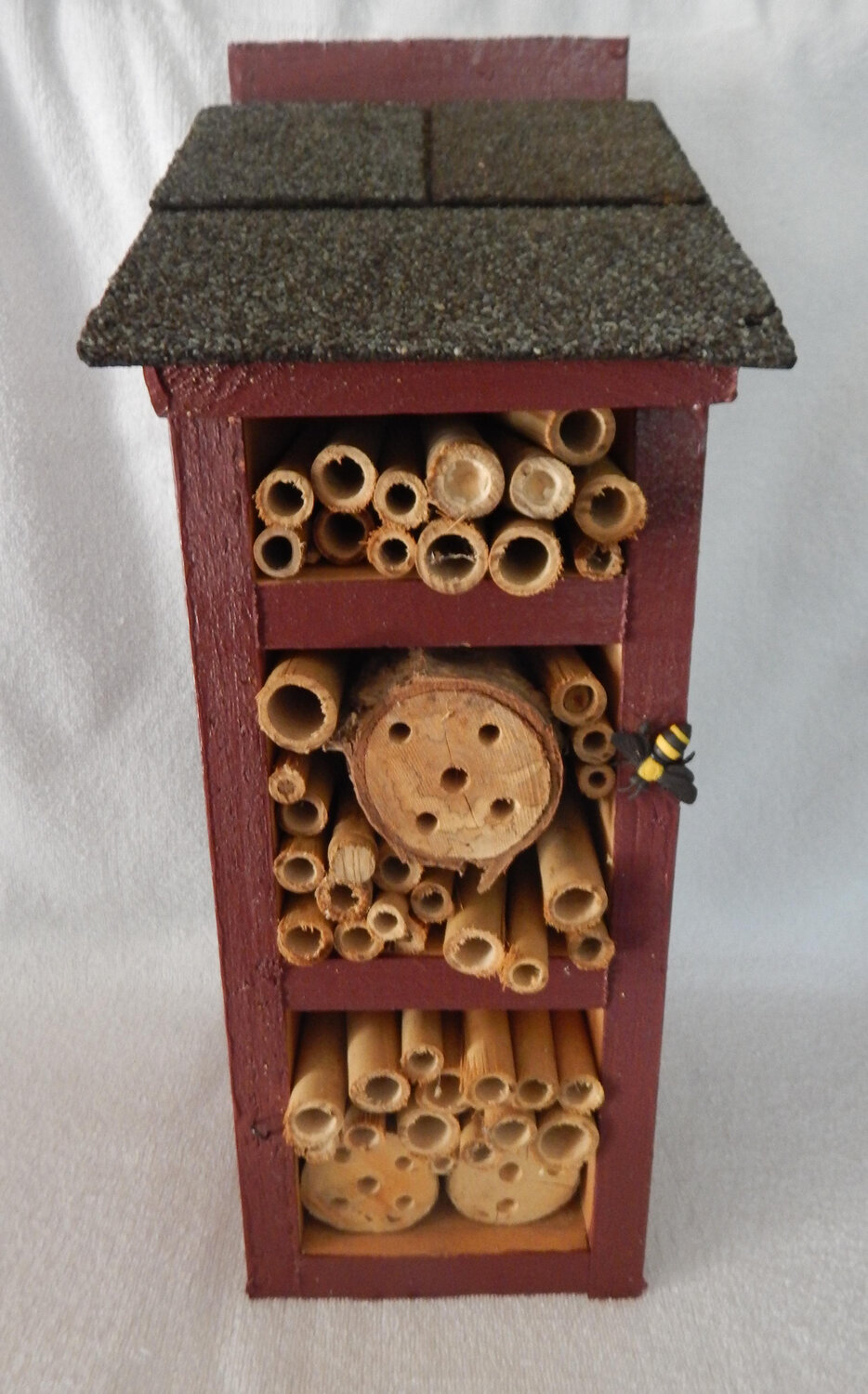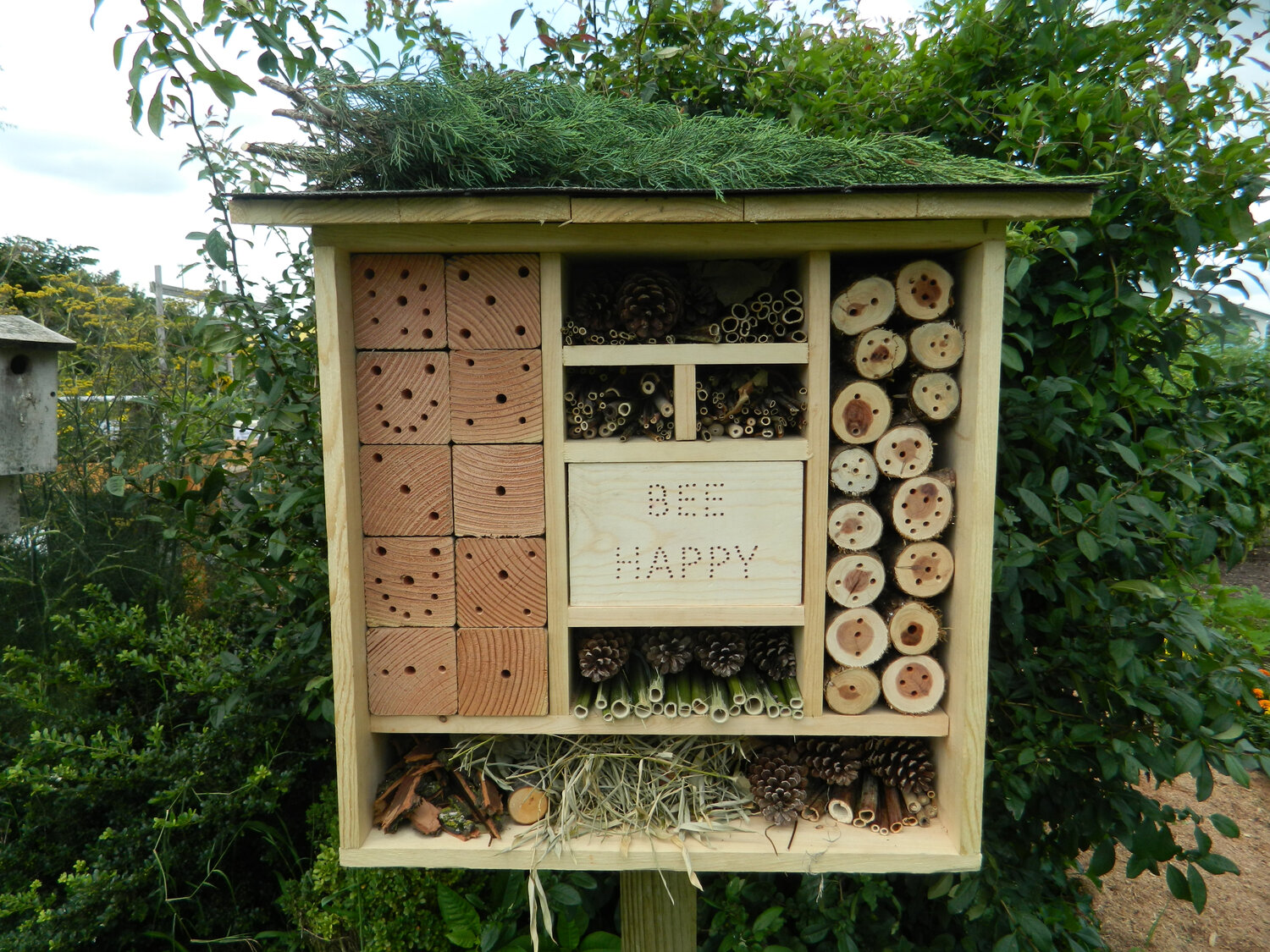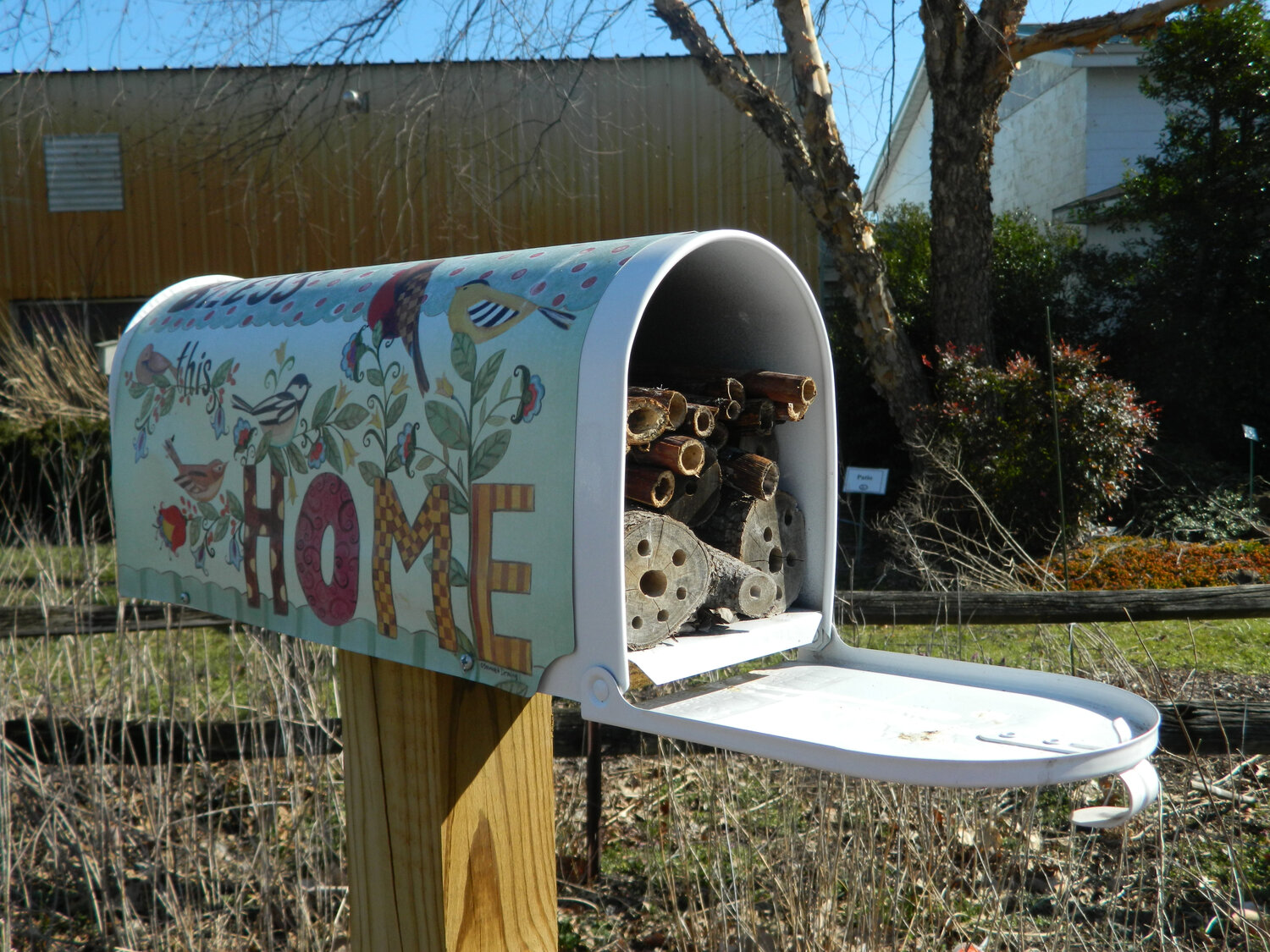The importance of protecting bees native to Delaware
Part one of this two-part series explained the important pollination services that honey bees (who are not native to North America) and native bees provide within our food system and the various …

You must be a member to read this story.
Join our family of readers for as little as $5 per month and support local, unbiased journalism.
Already a member? Log in to continue. Otherwise, follow the link below to join.
Please log in to continueNeed an account?
|
The importance of protecting bees native to Delaware
Part one of this two-part series explained the important pollination services that honey bees (who are not native to North America) and native bees provide within our food system and the various causes and theories behind why these bees are in decline. The article also described many of the similarities and differences between native and honey bees.
This article will provide an overview of some specific bees that are native to Delaware and suggestions for ways we can protect our bees from harm. If you enjoy the sight and scent of beautiful flowers, and the taste of apples, watermelons, blueberries, strawberries, chocolate, almonds, melons, peaches, pumpkins and tomatoes, then you might enjoy the projects that will help the bees in your own backyard. It is important to note that native bees almost never sting unless handled or threatened.
In order to better understand bee conservation, Mt. Cuba Center in Hockessin, conducted a study from 2018 to 2019, measuring which bee species were attracted to Delaware gardens and natural lands. The study documented 3,493 individual bees of 135 species and discovered 15 species of native bees that had not been previously identified in the First State. For the complete study, visit mtcubacenter.org/native-bee-survey.
One of these bees is the early spring cellophane bee, which flits quickly around and is nearly impossible to photograph. Cellophane bees will build many holes in the same area of ground and can persist from year to year. They are called cellophane, plasterer or polyester bees, because the female’s gland secretions create a waterproof, cellophane-like lining that prevents flooding and spoilage of the food provisions for the larva. Cellophane bees often disappear during the hot part of the day. They are noisy bees that are easier to hear than see.
A mason bee, like most native bees, is smaller than a honey bee. The female mason bee builds a nest in small cracks in natural cavities, such as hollowed-out dead wood, tree trunks or other natural cavities, such as woodpecker’s holes.
For four to six weeks in the spring, she packs pollen and nectar into the far end of the nesting cavity, lays an egg, continues the pattern until the cavity is filled, then seals the entrance with mud and repeats in other nesting areas. Man-made or commercially made mason bee “hotels” are one way you can help these bees.
The leaf cutter bee, as her name suggests, cuts pieces of leaves or flower petals to build cells in nests in the same type of cavities. Mining bees make their nests in ground tunnels or in sandy banks or cliffs. Bumble bees are often seen buzzing around the roots of a tree, where they probably established a colony in a burrow vacated by mice or voles.
Most of the ground-nesting native bees become active in early spring. Nests are easily identifiable above ground because of their conical piles of dirt with a large hole in the middle that serves as the entrance to the bee burrows. If you have an area of sandy soil on a south-facing slope, you may find these bees showing up every year. Most activity near nests in early spring is of males looking for females to mate with.
About 30% of native bees build nests in the soft, pithy centers of twigs or reeds or holes in wood tunneled by wood-boring beetles. In the case of carpenter bees, as their name implies, the bees themselves create a tunnel in wood. The other 70% of native bees nest underground by tunneling into the soil and creating small chambers – brood cells – under the surface.
How you can help
The first way that you can help is to plant a variety of native flowering plants and trees that bloom from spring to fall, continually providing nectar and pollen sources for native bees.
The same plants that attract butterflies and beneficial insects often attract native bees. Shrubs and trees such as dogwood, cherry, plum, willow and poplar provide nectar and pollen in early spring when food is scarce. Summer blooming native plants include the sun-loving lead plant and the shade-loving bottle bush. Late-blooming asters and goldenrod will benefit native bees well into the fall.
A second way you can help is to provide attractive nesting sites.
Nesting areas can include keeping old stumps or dead tree trunks in sunny areas (consider drilling a range of holes on each side). Leave some areas of your garden or yard uncultivated so nesting bees are not disturbed . In other areas, leave bare patches of soil. Let plant stems stand through winter.
You can also make a sandpit or simply fill a planter with sand and place it on a warm, south-facing slope. Leave field and road borders unmowed to provide habitat.
Consider creating nesting blocks, or bee hotels for mason bees. A large variety of mason bee houses and hotels are available online or can be homemade with a few supplies such as an unused mail box or containers such as tin cans. Numerous “how-tos” are available online - including an excellent guide on North Carolina’s Extension website.
The third suggestion for how to help out our native bees is to reduce or eliminate pesticides. By planting a variety of native plants, you are attracting beneficial insects which can provide needed pest control. If pests to show up, you can hand pick pests off plants or spray with a soap-and-water solution. If you must use pesticides, follow pesticide label instructions and use them sparingly and responsibly. Avoid spraying botanical or biological insecticides in the morning, when native bees are most active.
Bees are suffering and disappearing for many reasons. There is much that we can do in our own gardens to try to help these fascinating creatures who provide so many critical services to the natural environment and to our food system.
For questions on this subject or any gardening topic call the Master Gardener Helpline: In New Castle County, 302-831-8862; in Kent County, 302-730-4000; and in Sussex County, 302-831-3389.
For information about Master Gardener workshops, visit: udel.edu/master-gardeners and click on Gardener Workshops.
Members and subscribers make this story possible.
You can help support non-partisan, community journalism.
Other items that may interest you










